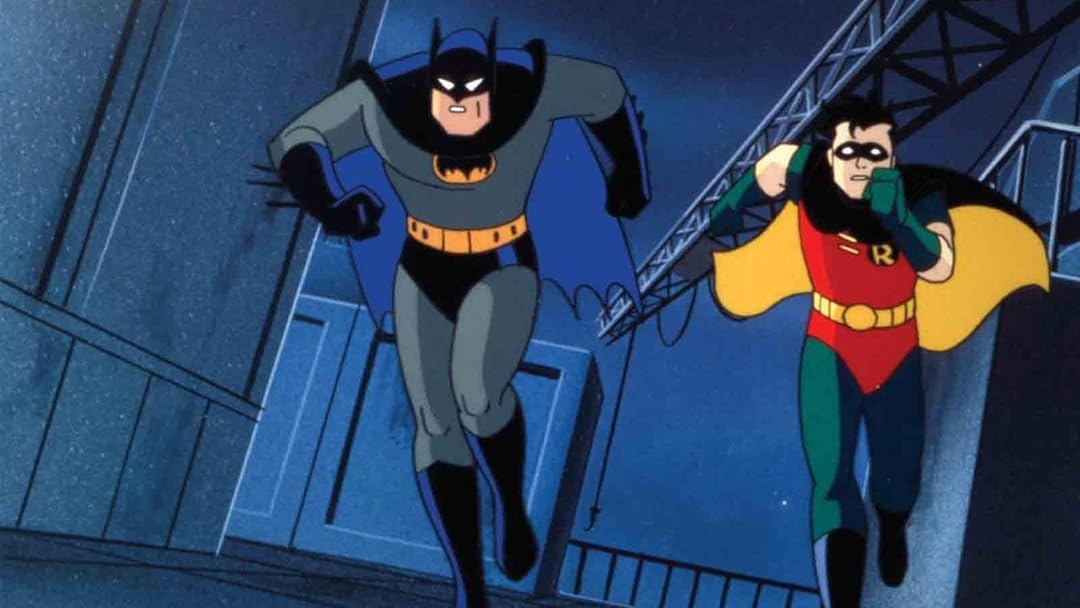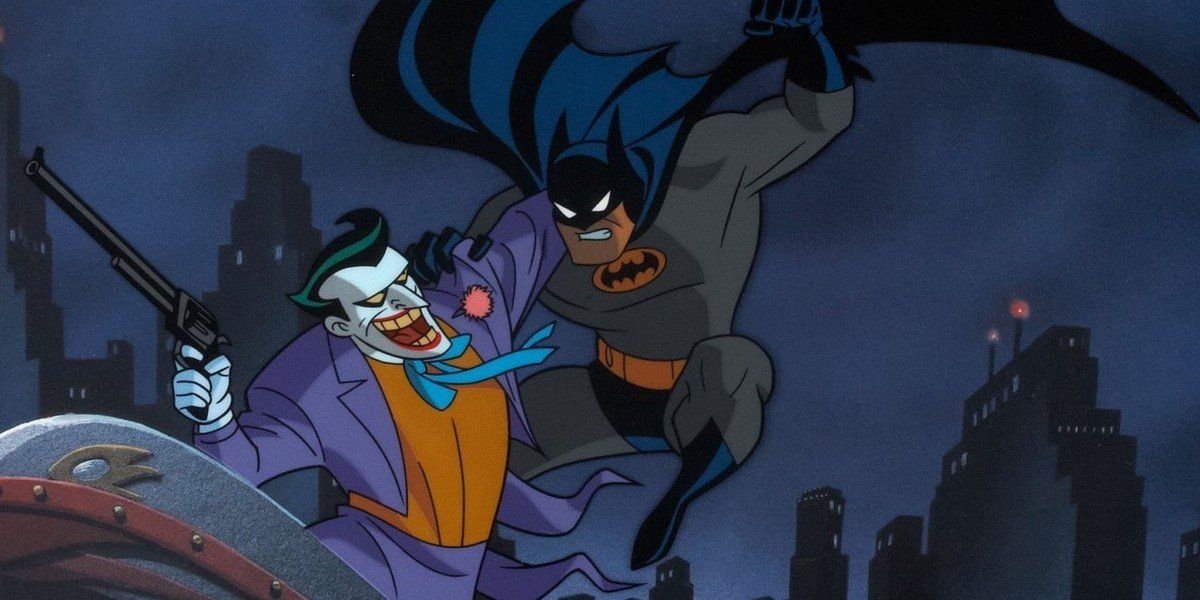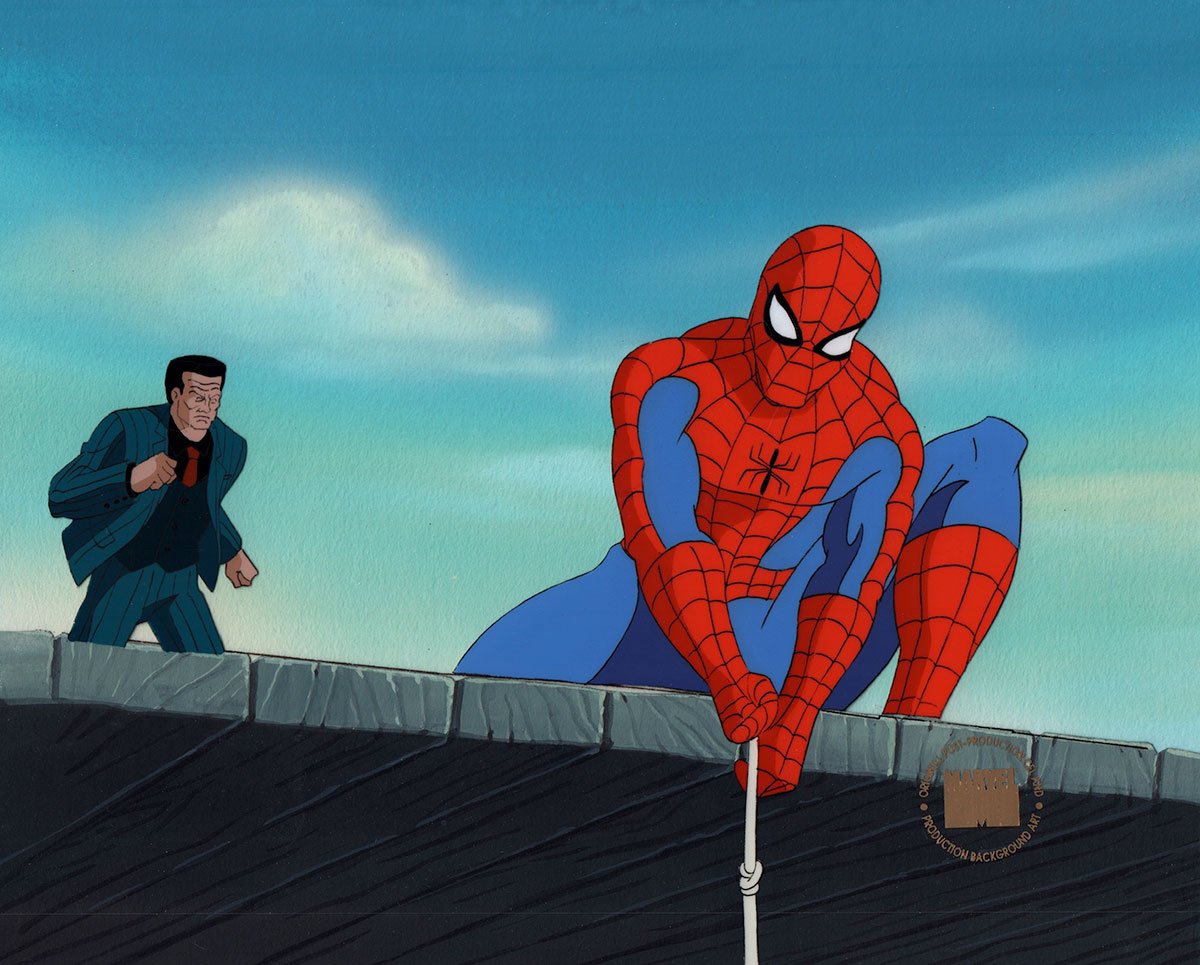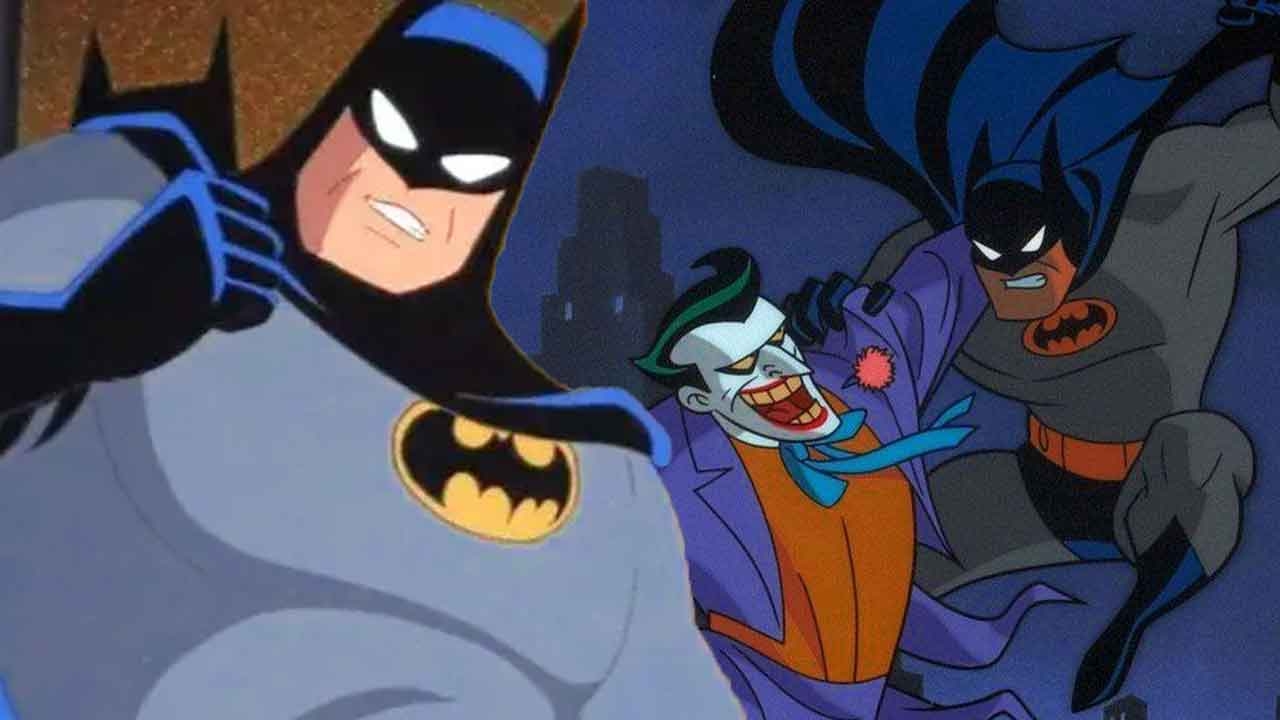Batman: The Animated Series Turned the Table on Censorship That Made the Series Much More Darker in the Process
If there’s any true enemy of creativity, it’s censorship. It’s the chain on every artist’s ankle, prohibiting them from running at full speed and offering a project devoid of any restraint. An optimist would look at censorship as an opportunity to think outside the box and fulfill their creative vision simultaneously. That’s exactly what the creators of Batman: The Animated Series did. They turned censorship in their favor and were able to masterfully present a show that has braved the waves of time to remain relevant today.
Censorship Made Batman: The Animated Series Darker

The base logic behind censorship is to eliminate content that can influence the viewers negatively. Especially when it comes to a children’s show, the channel tends to be extra careful while putting out content since the target audience is prone to easy influence. So when Fox intervened in the production of Batman: The Animated Series, they wanted to ensure that no weapons were shown that children could find easily. So, instead of using simple handguns, the villains in the show including The Joker were armed with a massive submachine gun that children could not possibly find near them.

This is how censorship made Batman: The Animated Series darker than the writers Paul Dini and Bruce Timm anticipated. Being creative visionaries, they always found a way to work around restrictions and still have an outcome they were proud of. Fox’s intervention helped Batman become a pathbreaker in both animation and the character’s overarching story. The villains became more menacing and the threats were made stronger. In extension, this is also why the show attracted older audiences too, apart from just kids.
Due to restrictions on showing blood, usual stabbing and blatant murder of victims was prohibited. The Joker and other villains could not outright kill people on screen, so he was made to use poison or venom to give them brain damage or fits. The show played well on the emotions of people rather than showing ghastly murders which eventually detailed the show better and swayed away from blatant violence and action.
Censorship Impacted the Spider-Man Cartoon Too

After the success of animated series featuring Batman and Superman, Fox wanted to capitalize on the burgeoning superhero trend and churn out more shows that portrayed the favorite comic book legends onscreen. Fans loved the portrayals and later, Fox ventured into Marvel heroes including Spider-Man. Produced and written by John Semper, Spider-Man: The Animated Series delighted fans beyond compare. However, censorship was still prevalent, hampering Spider-Man more than it did Batman. Semper said,
“When I watch the older episodes of Batman that first aired on Fox, they do all kinds of things that we couldn’t do. By the time Spidey came on, Fox wouldn’t let us do anything like that. No fists to the face, no realistic guns, no fire, no crashing through glass, no children in peril, no mention of the words death, die, or kill. I used to read notes from the censors when I made personal appearances for the show. Some of them were quite funny. Like, “When Spider-Man lands on the rooftop, be sure that he doesn’t harm any pigeons.” Stuff like that.”
Seems like Fox caught on to how showrunners used censorship to their benefit and began to have a more stringent check on the regulations. Children are the most impressionable viewers so making content for them is more difficult than making shows for adults. Showrunners need to be careful of how kids will interpret every action and dialogue.





